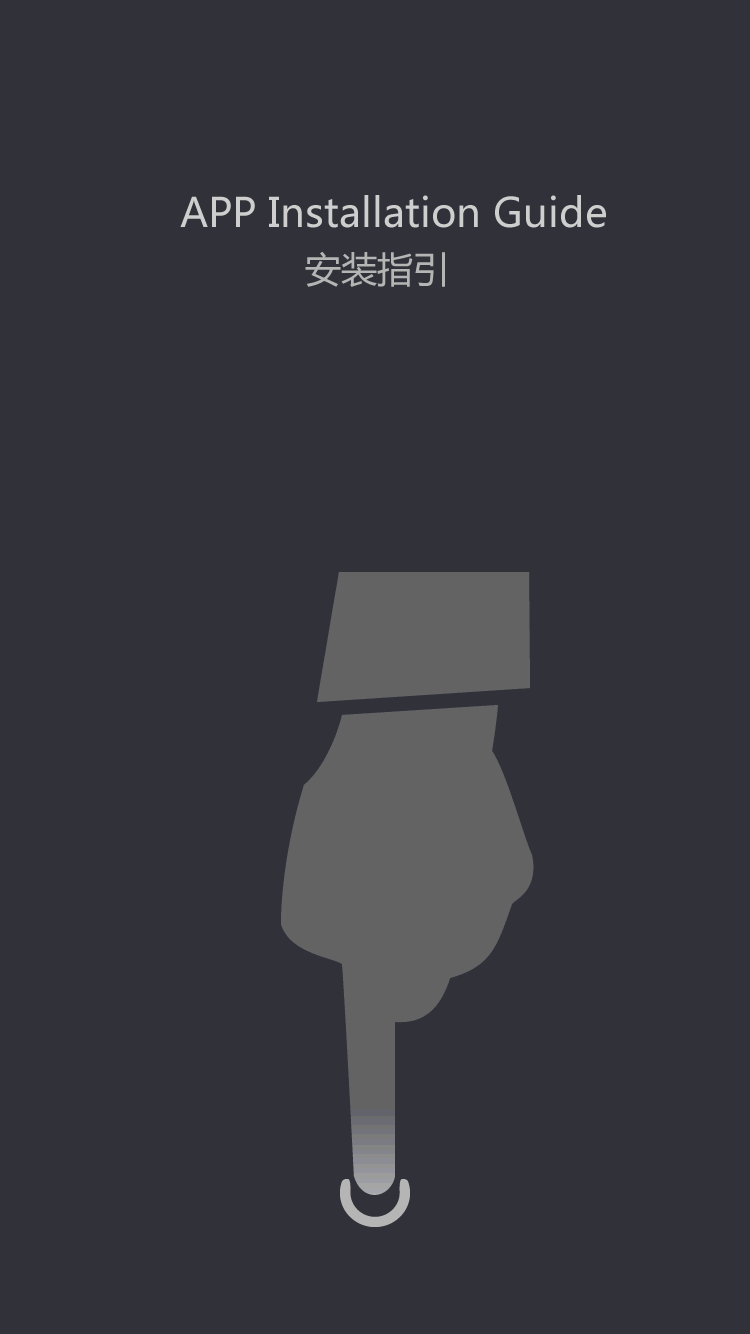Fusion Splicer,Fujikura Fusion Splicer,Fibre
In the United States, digital music was being created as early as 1939, when John Cage revealed Imaginary Landscape, No. 1, using two variable-speed turntables, frequency recordings, muted piano, and cymbal, but no digital means of production. Cage composed 5 more 'Imaginary Landscapes' between 1942 and 1952 , largely for percussion ensemble, although No. 4 is for twelve radios and No. 5, written in 1952, makes use of forty two recordings and is to be realized as a magnetic tape. According to Otto Luening, Cage additionally carried out a William Mix at Donaueschingen in 1954, using eight loudspeakers, three years after his alleged collaboration. Williams Mix was a success on the Donaueschingen Festival, where it made a 'strong impression'. The avant-garde collective Jikken Kōbō , based in 1950, was provided entry to emerging audio know-how by Sony.
The LS Series Material Handling Attachment is a brand new product choice for Altec’s LS fashions designed for the lights and signs trade. The attachment mounts on the existing boom-tip constructions of any LS60, LS63, or LS87 unit to put in electronic message boards as a part of an present sign. 'By the Nineties, digital music had penetrated every nook of musical life. It prolonged from ethereal sound-waves played by esoteric experimenters to the thumping syncopation that accompanies every pop record' (Lebrecht 1996, p. 106). Released in 1970 by Moog Music, the Mini-Moog was among the many first broadly out there, portable and relatively affordable synthesizers. In Jamaica, a type of popular digital music emerged in the Nineteen Sixties, dub music, rooted in sound system culture.
In the 1950s, Japanese electronic musical devices started influencing the international music trade. Ikutaro Kakehashi, who founded Ace Tone in 1960, developed his personal model of electronic percussion that had been already popular on the abroad digital organ.
At NAMM 1964, he revealed it as the R-1 Rhythm Ace, a hand-operated percussion device that played electronic drum sounds manually because the consumer pushed buttons, similarly to fashionable digital drum pads. Twelve audio system surrounded the audience, 4 audio system were mounted on a rotating, cellular-like construction above. In an SFMOMA efficiency the next yr , San Francisco Chronicle music critic Alfred Frankenstein commented, 'the chances of the house-sound continuum have seldom been so extensively explored'. In 1967, the first Audium, a 'sound-house continuum' opened, holding weekly performances through 1970.
Examples include Varese's Poeme Electronique and Stanley Schaff's Audium set up, presently energetic in San Francisco” Through weekly applications , Shaff “sculpts” sound, performing now-digitized spatial works live via 176 speakers. In 1958, Columbia-Princeton developed the RCA Mark II Sound Synthesizer, the primary programmable synthesizer. Prominent composers such as Vladimir Ussachevsky, Otto Luening, Milton Babbitt, Charles Wuorinen, Halim El-Dabh, Bülent Arel and Mario Davidovsky used the RCA Synthesizer extensively in numerous compositions.
In 1975, enabled by seed money from the National Endowment for the Arts, a new Audium opened, designed ground to ceiling for spatial sound composition and performance. “In distinction, there are composers who manipulated sound area by finding multiple audio system at varied areas in a performance area after which switching or panning the sound between the sources. In this approach, the composition of spatial manipulation depends on the location of the speakers and normally exploits the acoustical properties of the enclosure.


































![[Dry Goods] how to avoid electrode rod after fusion black?](https://img5811.weyesimg.com/uploads/tumtecchina.com/images/15840915146146.jpg?imageView2/2/w/1920/q/100/format/webp)







































